Discover the Sweet and Nutritious World of Apricots for Every Season
Fruits of apricot
Prunus armeniaca, or castle rite apricots, ripening on the tree.
Apricot trees feature wide, ovate leaves with pointy points, and they are modest, spreading trees. The vivid green foliage is kept aloft by the twigs. When in full bloom, the white, self-pollinated blooms are carried single or twice at a node on very short stems. The seeds are contained in a large, flat pit, or stone, that is present in drupe fruits. The fruit resembles a peach in appearance; it is almost smooth, round to oblong in certain kinds, and when mature, slightly flattened but lacking in hair. Usually, its flesh is a beautiful golden to yellowish orange color. A few of cultivars have delicious seeds, often known as kernels, that are deadly until roasted.
Ripe apricots ready for a healthy snack or recipe from Farmers Rathna Agri-news
With the exception of Antarctica, every continent currently cultivates apricots, which were first domesticated in China. According to archeological findings, apricots were originally brought to the New World in the early 1700s by Spanish missionaries in California. They were also consumed in ancient Armenia. Top five apricot-producing countries in 2024 were Turkey, Uzbekistan, Iran, Algeria, and Italy.
Apricots may be easily integrated with plums and peaches. Apricots are reproduced by budding on peach or apricot rootstocks. The tree thrives in loamy soil that drains well, ideally being light rather than heavy. While most cultivars are just as resilient to winter cold as peaches, late freezes sometimes destroy the bloom buds, which emerge sooner than those of the peach. Under ideal growth circumstances, the trees can withstand severe droughts and have a lengthy lifespan—some have been known to survive for over a century.
-logo.webp.png)
.jpg)
-logo.webp.png)



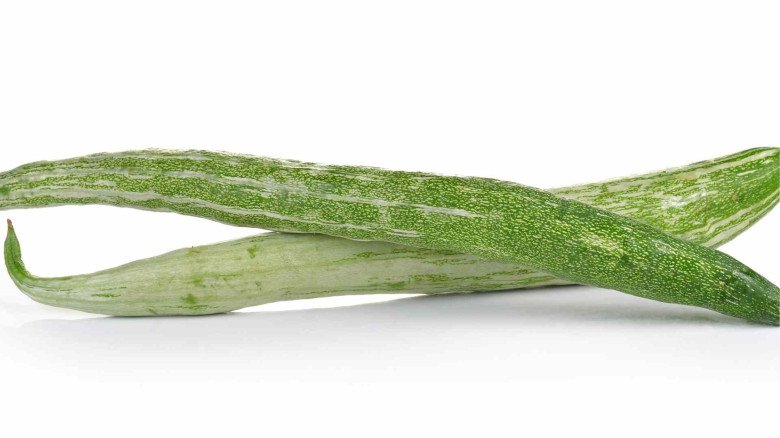

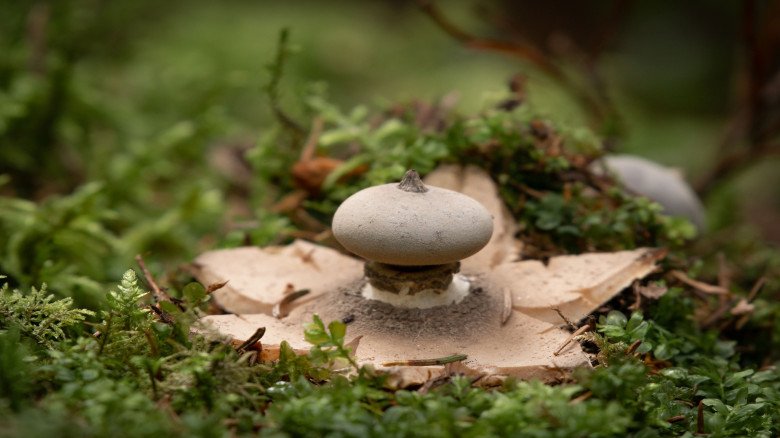

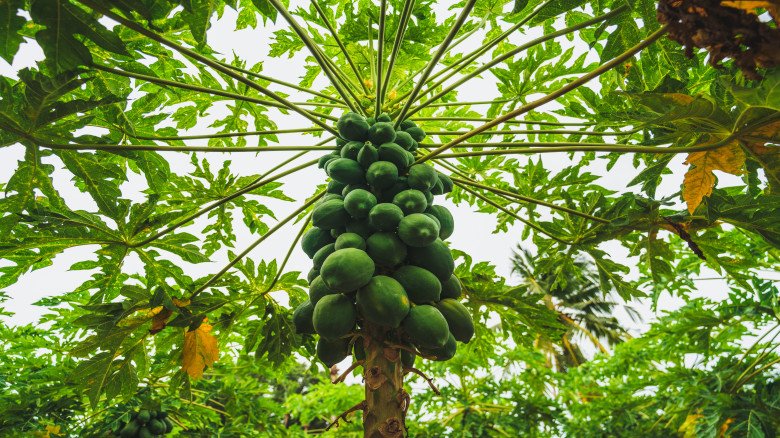
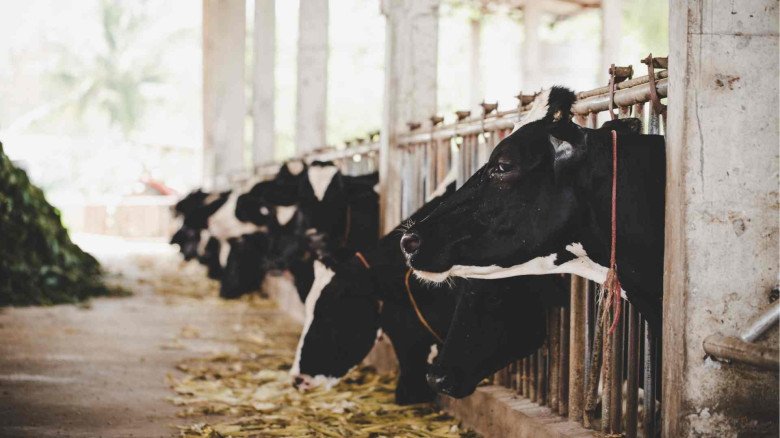


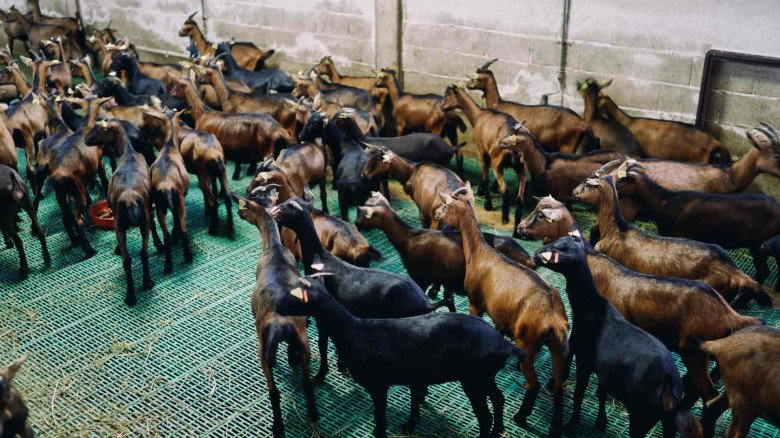


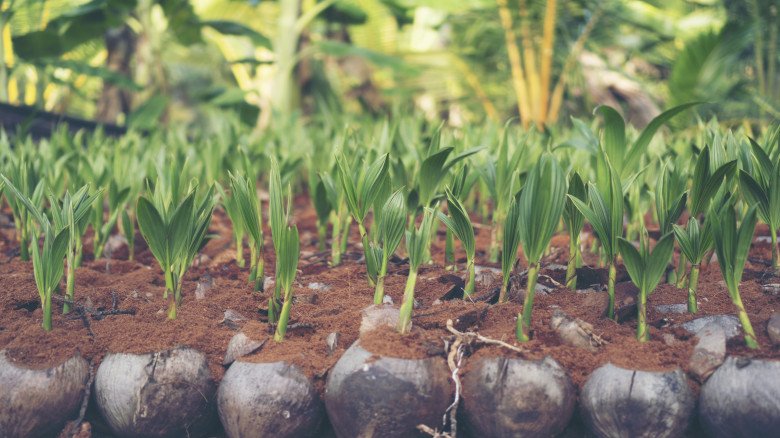

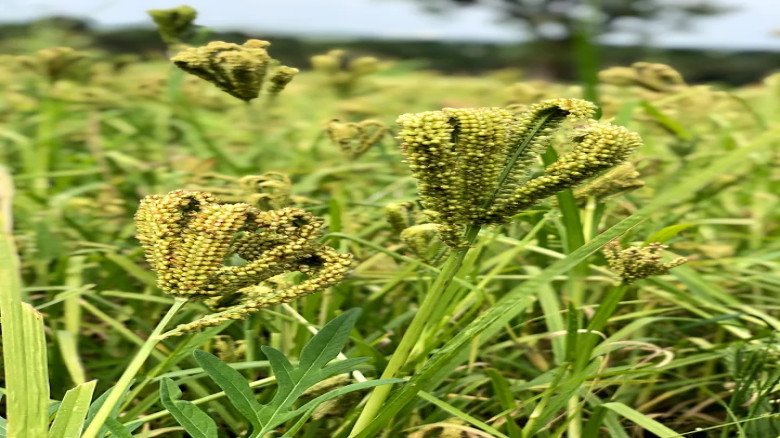





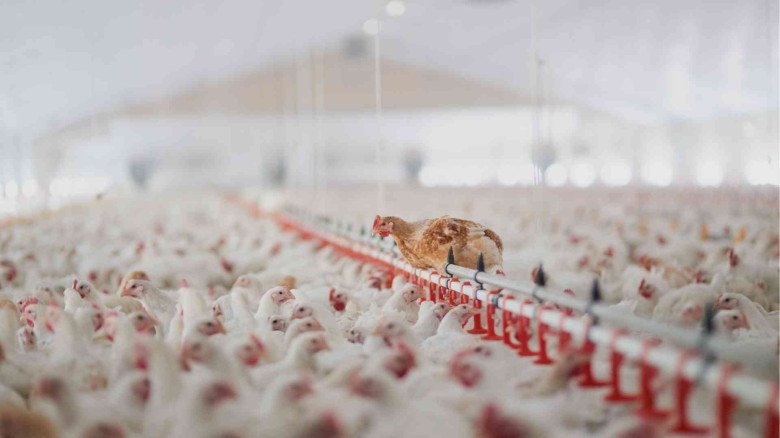



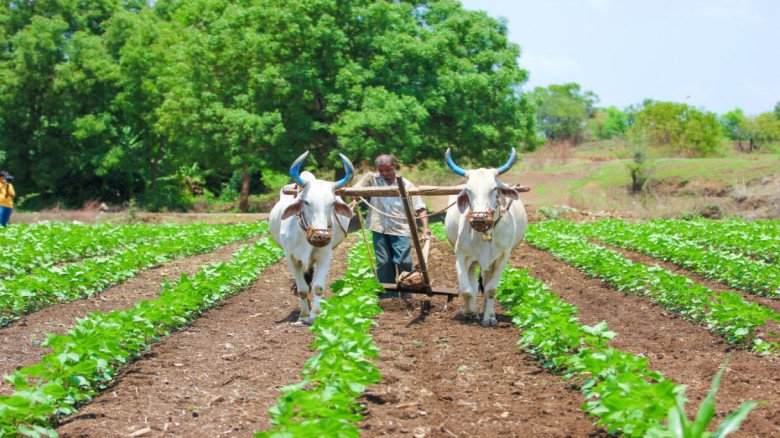

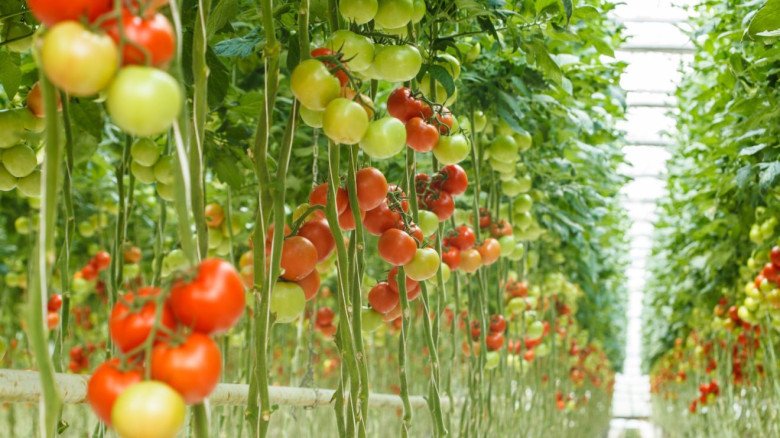

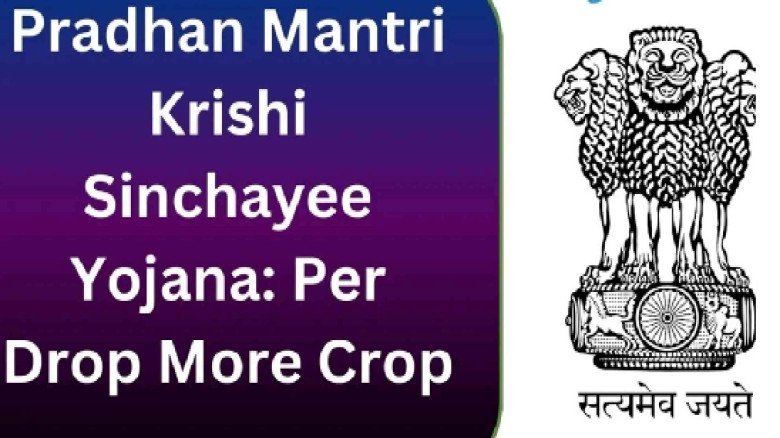


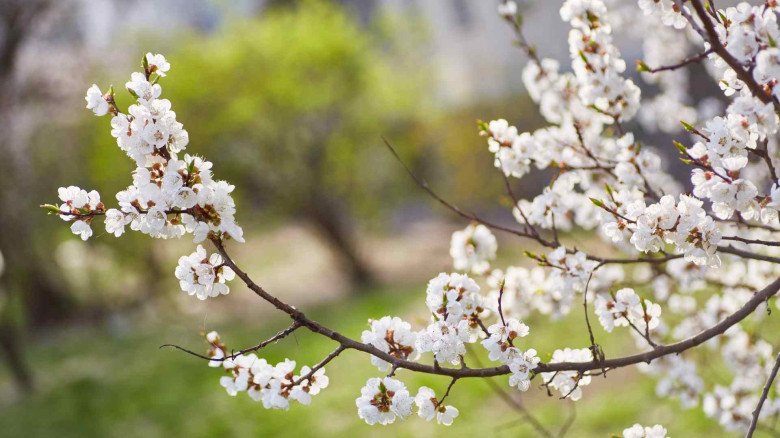
Leave A Comment